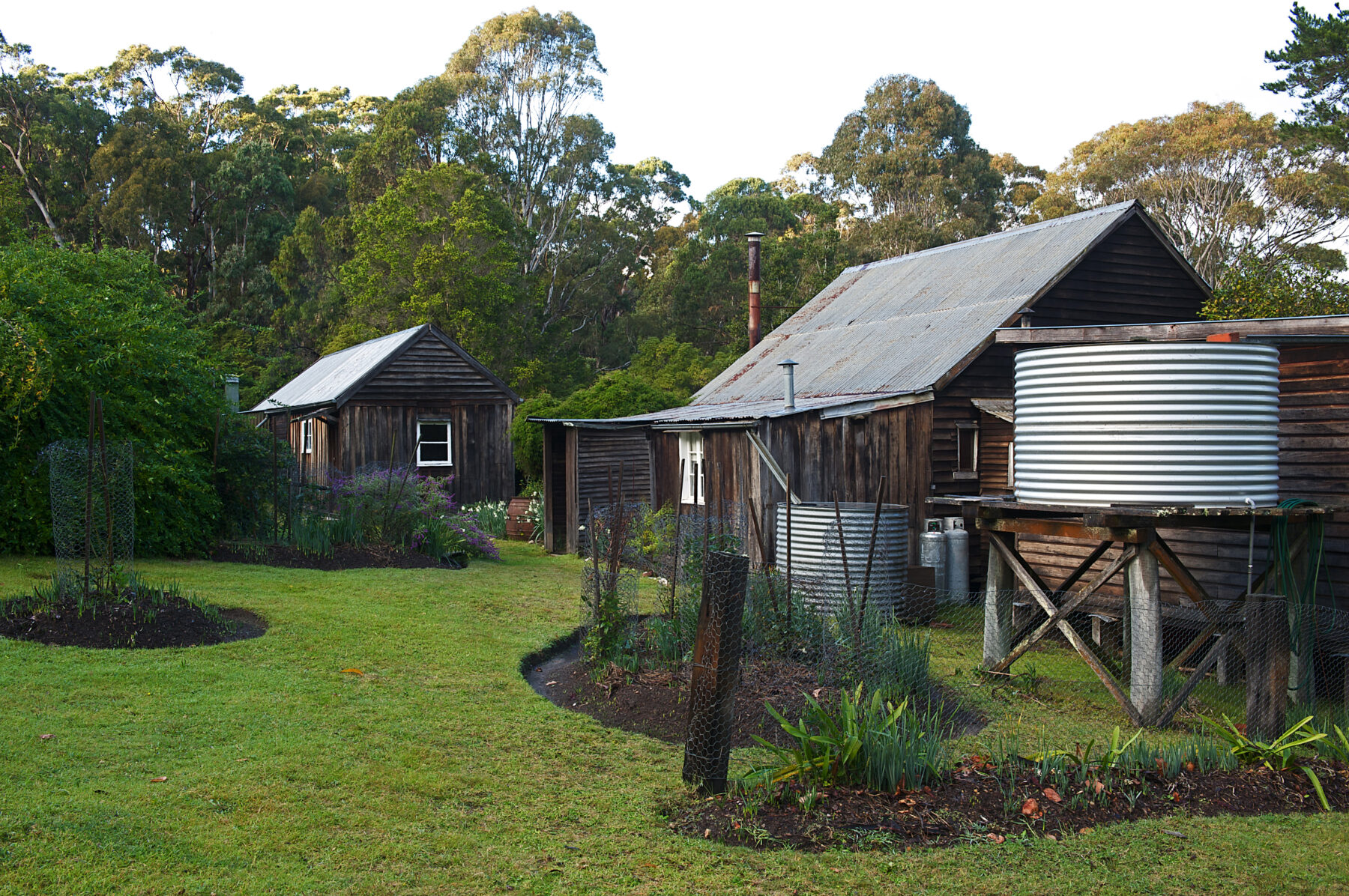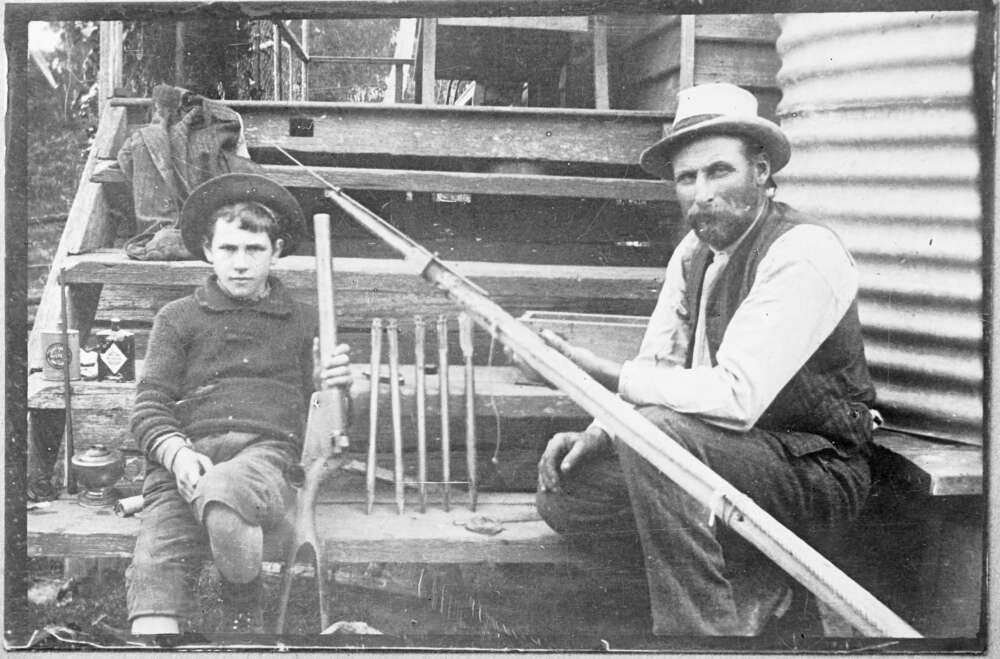‘The law of the tongue’: Humans and orcas once worked together to hunt whales

Between the 1860s and 1930s, this inshore-based whaling station was operated by three generations of the Davidson family, making it the longest-running station of its type in Australia.
The family patriarch, Alexander Walker Davidson, emigrated from Scotland to the NSW colony in 1841 with his wife and seven children. After stints as a carpenter and publican, and then trying his hand in the gold rush, in 1861 Alexander eventually settled on the Kiah Inlet on the southern shores of Twofold Bay.
Twofold Bay already had a long association with whaling, first through its Traditional Owners and then with Boydtown, a whaling town created and funded by Benjamin Boyd in the early 1840s. This Scottish-born entrepreneur envisaged the town as a thriving port and whaling centre but abandoned the ambitious project in 1849 after declaring bankruptcy. Boyd fled the colony and his town fell to ruin.

The whaling season typically ran between June and November when whales head north to breed in the warmer oceans and then return to Antarctica. Inshore whaling was a spectacle that attracted large crowds who cheered as the boats set off to sea. “All is hurry and scurry to man the boats, and away go the crews to do battle with the monster,” reported Australian Town and Country Journal in 1906. “It little troubles the whaling crew where the battleground be – their one object is to make the whale fast – and with nerves and teeth set the crew launches the attack.”
Alexander and his sons likely witnessed such an event before pursuing whaling as a family business. During the next seven decades Alexander, his son John and grandson George dominated the local whaling scene. Historians speculate the key to the Davidsons’ success lay in their close relationship with the local Thaua people whom they hired for their boat crew. The Traditional Owners had lived in the area for more than 5000 years and enjoyed a special relationship with killer whales (orcas). Cultivated through generations, this unusual bond saw orcas herd passing whales into the bay to be harpooned.

“The killers [orcas] were deadly enemies of the whales, and about June 1 each year, as regularly as clockwork, they came from the Antarctic and took up their posts, like soldiers on guard,” reported The Sydney Morning Herald in 1942. “They were all well known and each had his own name. The killers remained for about six months, patrolling the ocean… When a whale had been harpooned they ‘assisted’ in doing it to death.”
According to local legend, orcas would only collaborate with the Davidsons. In payment for their services, they were given the lips and tongues of the butchered whales. This sacrosanct deal between humans and orcas was called “the law of the tongue”. The most famous orca was Old Tom – identified by his unusually tall dorsal fin – who assisted the family for four decades. Today, Old Tom’s preserved skeleton is on display at the Eden Killer Whale Museum.
Harpooned whales were drawn up onto the beach and then processed at the tryworks, where blubber was boiled down into oil. The work was gruelling and laborious, made worse by the stench that clung to skin, clothes and hair. The oil and other whale by-products, including bones, were taken to the nearby town of Eden and shipped to Sydney and beyond. The Davidsons typically processed 10–15 whales per season, but sometimes caught up to 22. By 1925 this annual number had dwindled to two.
Kiah House – the original Davidson homestead – was destroyed by bushfires in 1928, and the following year George caught his last whale. At the time, George lived in the Loch Garra cottage, which he’d built in 1896. The Davidson family left Twofold Bay in the 1940s, and today the historic cottage is managed by NSW National Parks and Wildlife.





